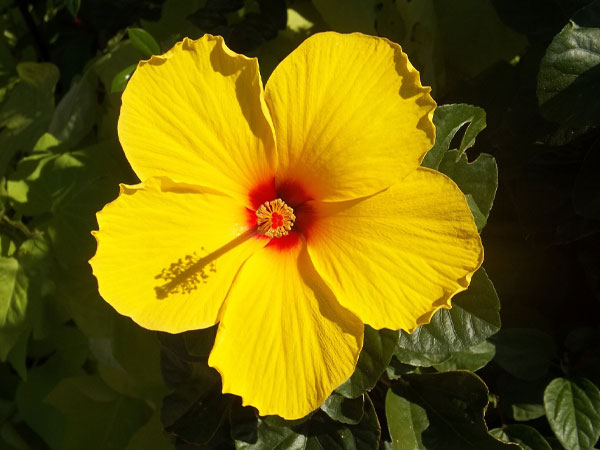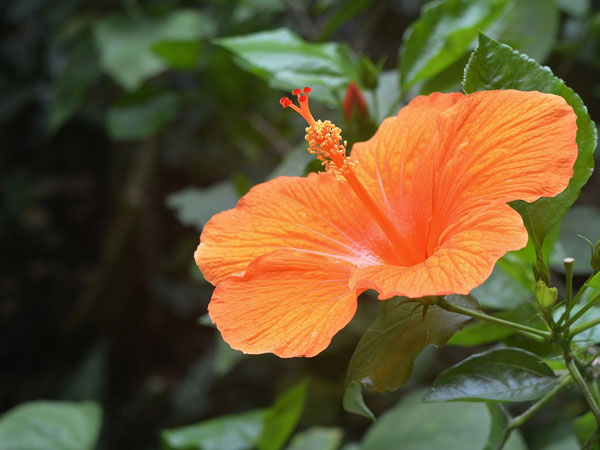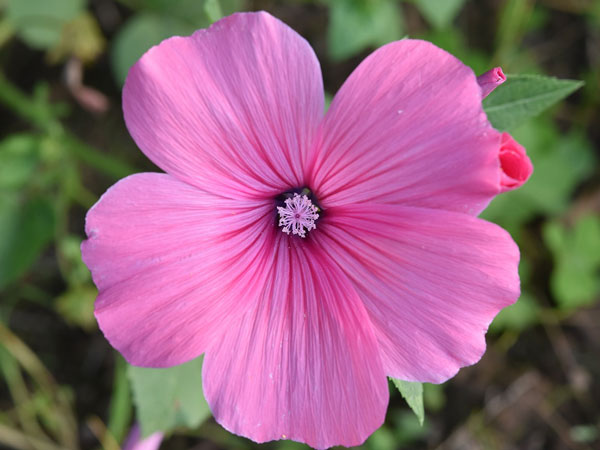Hibiscus – Multi Color
Hibiscus is a genus of flowering plants native to warm temperate, subtropical, and tropical regions around the world. These plants are known for their large, showy flowers in a wide range of colors and are popular as ornamental plants in gardens, landscapes, and indoor spaces.
Hibiscus plants are typically shrubs or small trees that can grow up to 15 feet tall. They have large, glossy, green leaves and produce flowers that are often 6 to 8 inches in diameter. The flowers come in a wide range of colors, including white, yellow, orange, pink, red, and purple, and are often bi-colored or multi-colored.



Hibiscus plants require well-drained soil and full sun to partial shade. They are relatively easy to grow and are tolerant of a wide range of temperatures, although they may require protection from frost in cooler climates.
One of the most popular cultivars of hibiscus is the ‘Rose of Sharon’ variety, which features large, showy flowers in shades of pink, red, and purple. Another popular cultivar is the ‘Luna’ series, which has smaller flowers in a wider range of colors and is more tolerant of colder temperatures.
In addition to their ornamental value, hibiscus flowers have been used in traditional medicine for their medicinal properties. The flowers and leaves contain compounds that have been found to have anti-inflammatory, antioxidant, and anti-cancer properties, and have been used to treat various ailments, including high blood pressure, fever, and digestive issues.
Hibiscus plants are also known for their cultural significance in many parts of the world. In Hawaii, hibiscus is the state flower and is often used in lei-making and other traditional ceremonies. In many parts of Asia and Africa, hibiscus tea is a popular beverage that is consumed for its health benefits and refreshing taste.
Despite their beauty and cultural significance, hibiscus plants are susceptible to a number of pests and diseases, including aphids, spider mites, and root rot. Careful attention to growing conditions and regular monitoring for pests and diseases can help to prevent these problems.
In conclusion, hibiscus is a beautiful and versatile plant that is popular for its ornamental value, cultural significance, and health benefits. With their large, showy flowers and glossy green leaves, hibiscus plants are a favorite among gardeners and flower enthusiasts around the world. Whether grown as an outdoor shrub or an indoor plant, hibiscus is sure to add beauty and interest to any setting.